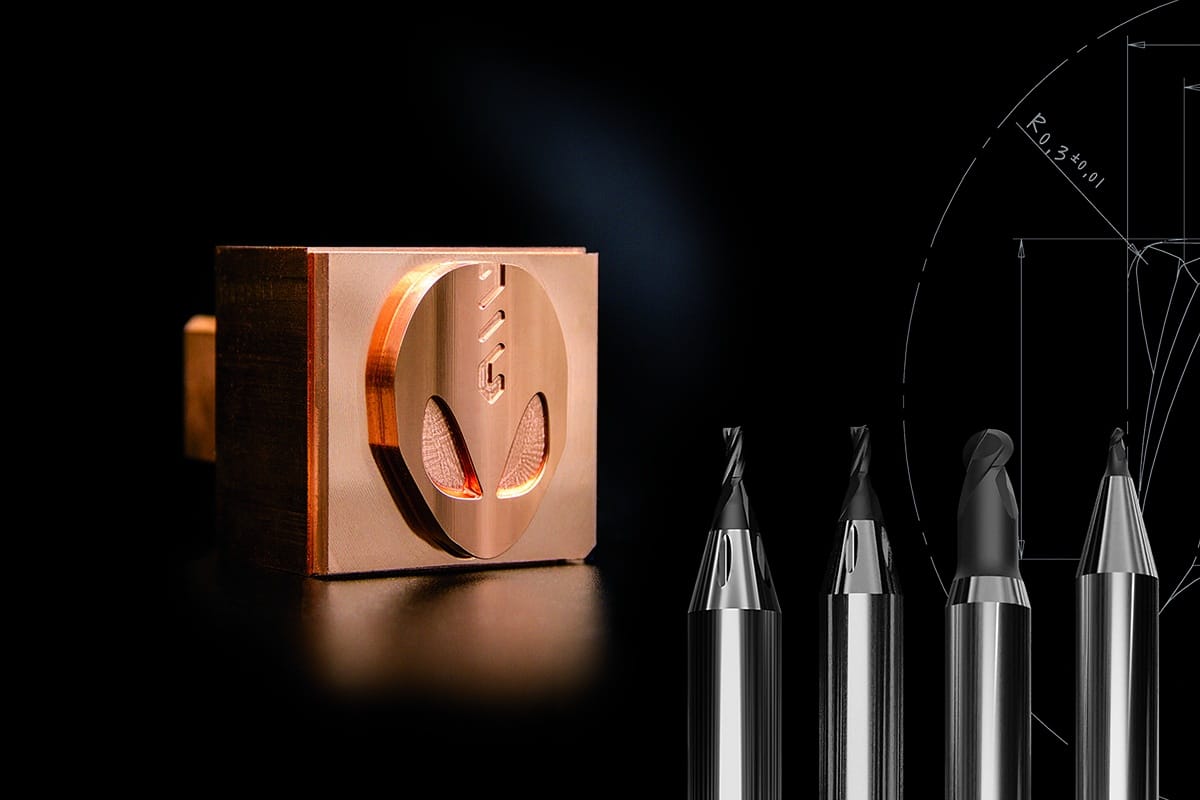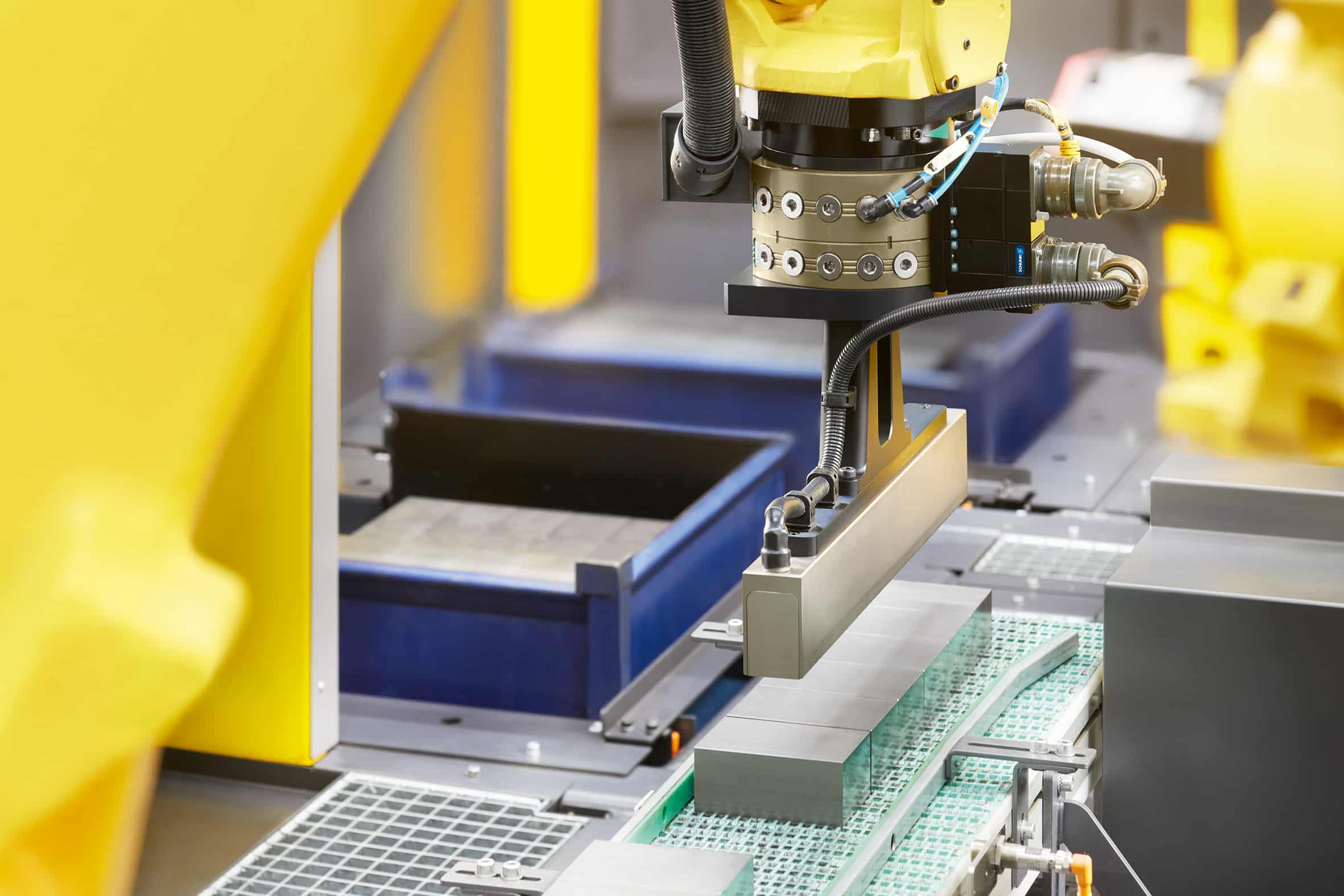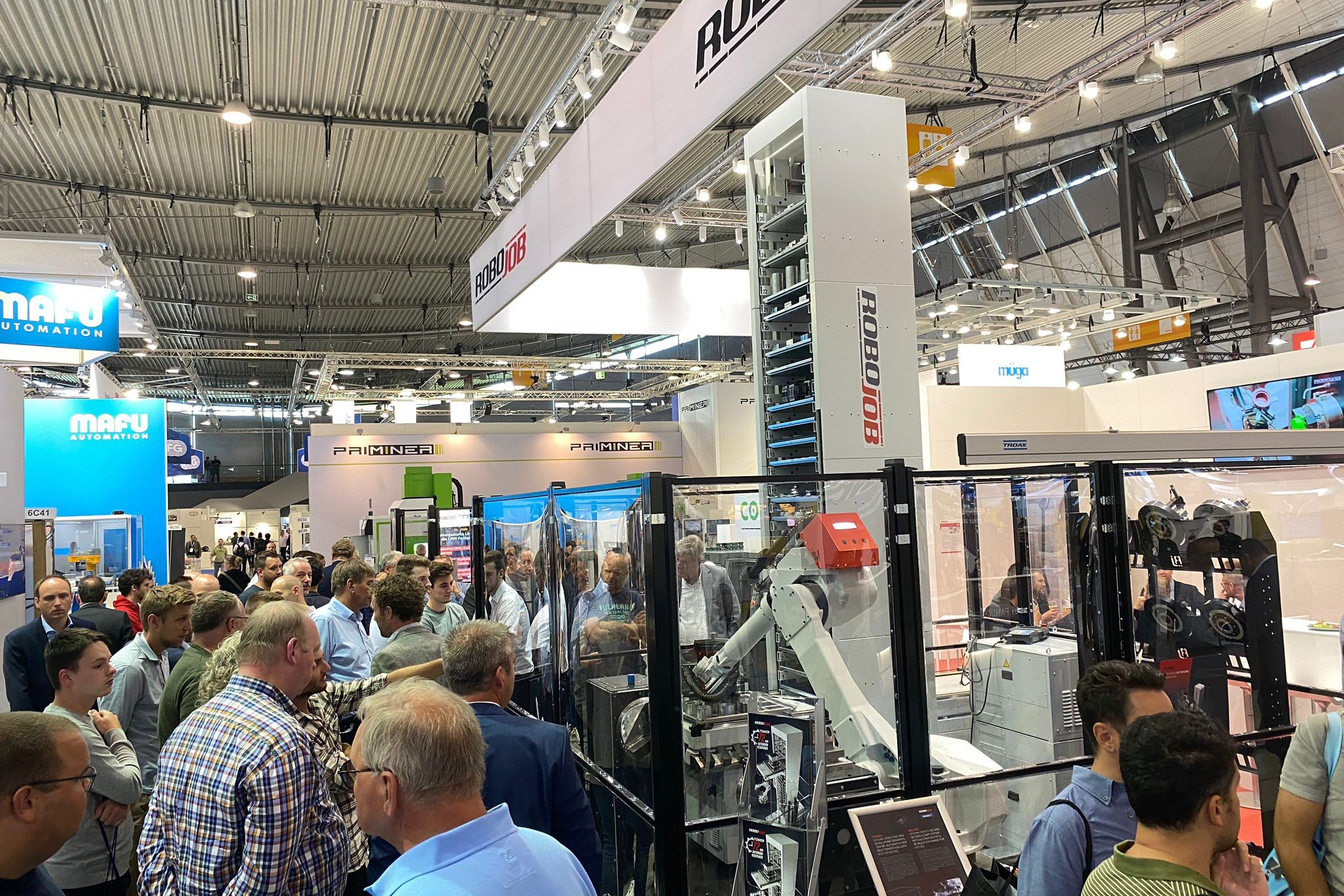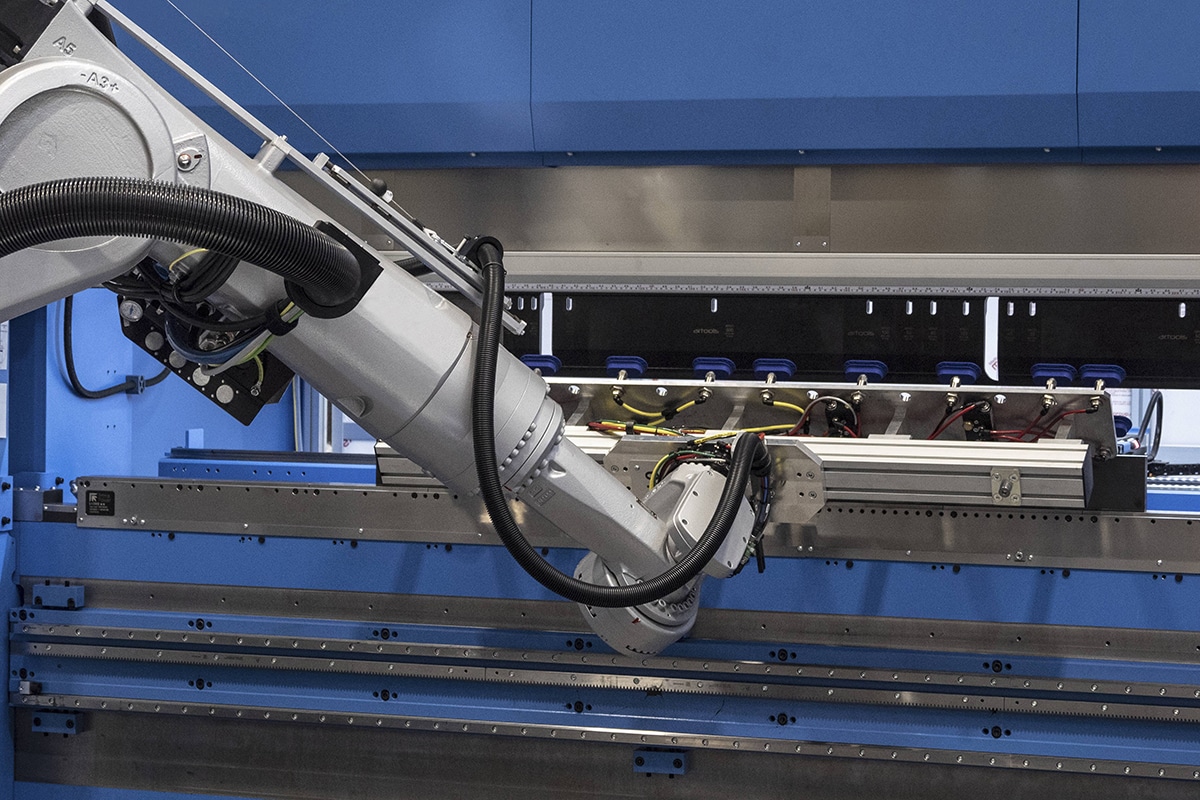
Saving up to 60% gas while welding
Are you aware of how much gas you consume while welding? And exactly how much it costs you? The rising energy prices in recent months, with gas at the forefront, make it more interesting than ever for you, too, to gain more insight into your gas consumption. With its EWR2 (electronic welding regulator), Abicor Binzel provides welding companies with a very simple way to monitor and significantly reduce their gas consumption. Up to 60% even. That makes the payback period today particularly short. The updated version also focuses on ease of use.
Those who still have a fixed contract for gas can rub their hands together. For those already exposed to current market prices, however, it is a bit of a shock. Abicor Binzel sales director Luc Van den Abbeele: "Welding gas is a significant cost for a welding company. We see that welding gas has become 25 to 40% more expensive over the past year. Reason enough for welding companies to see if optimizations are not possible. After all, when we start talking to customers, it turns out that this is very often the case."
Whereas MIG/MAG and TIG welding processes require flow rates of 12 to 18 and 8 to 12 liters per minute, respectively, the welder sometimes thinks he has arguments for turning the tap a little further open. While more welding gas may provide better protection for the weld, in many cases it is not necessary and there is even a critical point where too high a flow rate can just cause more air swirl and thus a higher risk of oxygen in the weld.

Easy control over welding process
Abicor Binzel designed EWR2 to take back control and ensure consistent weld quality. "Welding is a complex process in which particularly many parameters come together. EWR2 is a secure system that reduces the impact of the welder and places it with the welding coordinator to achieve optimal gas consumption," explains Abicor Binzel product manager Jean-Paul Depessemier. "This has two advantages: a guaranteed welding result, but at the same time a way to better monitor the gas supply and schedule orders."
Abicor Binzel's EWR2 system excels above all in simplicity. "You just have to cut the gas line in two, so to speak, and place the device between them. On one side the gas in, on the other side the gas out. In between, another measuring shunt to measure the flow. The device then ensures that the gas supply is intelligently regulated," Depessemier said.
Savings potential in three areas
And that results in savings. Tests show that gas consumption can be as much as 60% lower by integrating EWR2. Via the calculator on the website, each user can already discover for himself whether the return on investment can be interesting due to the lower consumption.
Depessemier: "There are three underlying reasons for this. First, the peak in the starting flow rate caused by the overpressure will be smoothed out. The shorter EWR2 can be placed at the welding station, the better the device will be able to flatten the peak and the greater the savings effect will be. We see the same benefit at the end of the welding process. Thanks to EWR2, the gas supply can be shut off very quickly, so little gas is lost."
A third savings potential shows itself especially when a welding robot has to realize several welds. "EWR2 can follow the flow characteristics of the welding station and automatically adjust the flow rate accordingly, optimizing gas consumption."

Plug-and-play solution for greater insight
In addition to savings averaging 30 to 60%, the user also gains greater insight into the welding process and how it occurred. Van den Abbeele: "The new European EN1090 standard requires more traceability in welding. EWR2 can provide a perfect answer to this and also manages to detect a number of errors, such as leaks in the supply line."
With the launch of EWR2 several years ago, the scope of this technology was greatly expanded and the ease of use increased. Abicor Binzel now provides free software to easily monitor and manage all parameters. Those who choose the EWR2 Net version establish a fixed connection to the company network. This allows real-time monitoring of welding from anywhere in the company. Those who opt for the classic version must then log in their laptop on site for real-time monitoring or to read in the data after welding. But whichever version you choose, you get a plug-and-play way to gain more insight and consume less gas.
Reduced emissions CO₂
Lower consumption of CO2-containing welding gases automatically implies lower CO2 emissions by the same percentage. One EWR2 with a savings of 40% mixing gas (18% CO2) can reduce CO2 emissions by up to about 150 kg per year.
Less gas consumption also means less road transportation, so the EWR2 also contributes in this area to achieving the stringent climate goals.



